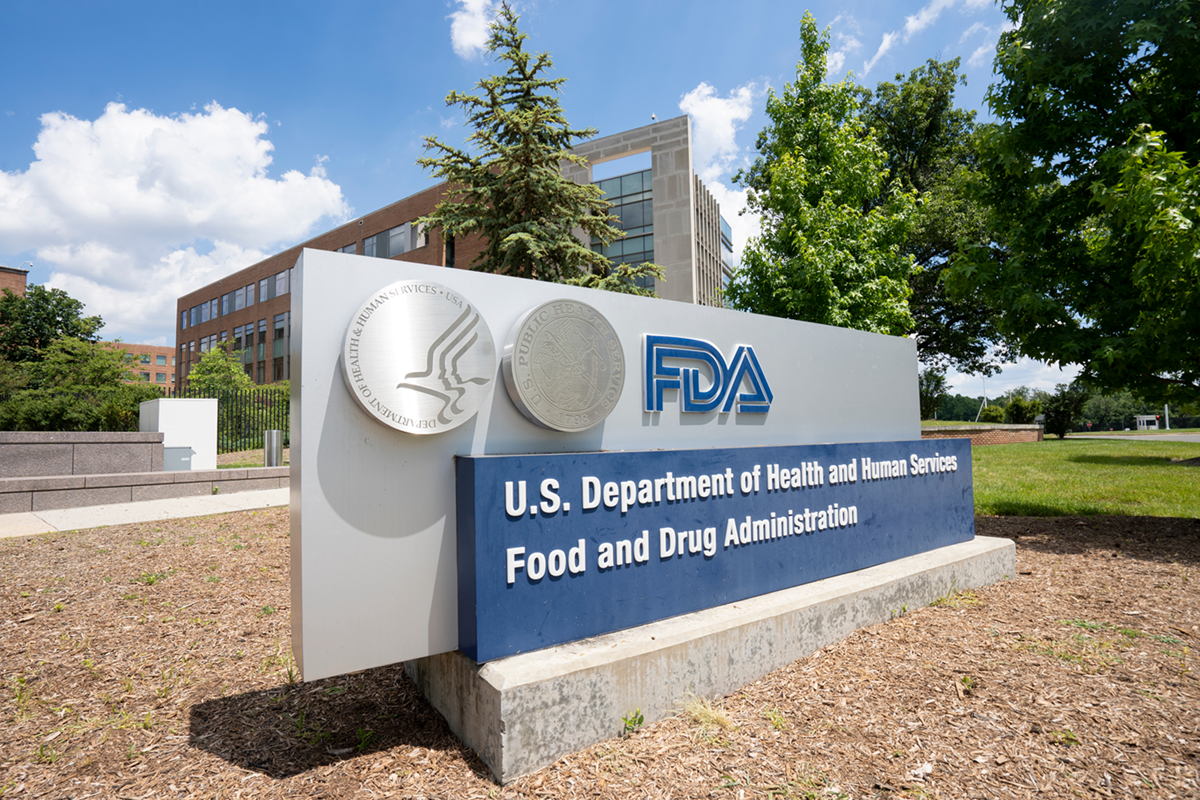Cell-cell signaling is fundamental to maintaining tissue homeostasis, regulating inflammatory responses, and initiating healing processes. Understanding these signaling pathways is crucial in regenerative medicine, as they play pivotal roles in repairing damaged tissues and restoring function. This blog will explore the molecular mechanisms behind cell-cell signaling, particularly its involvement in inflammation and healing, with an emphasis on peer-reviewed research to illustrate these pathways and their therapeutic potential.

The Role of Cell-Cell Signaling in Inflammation
Inflammation is an essential biological response that helps the body manage infections, injury, and stress. However, when dysregulated, it can lead to chronic inflammation and tissue damage. In the context of healing and regeneration, the body employs a series of tightly regulated signaling pathways that facilitate the repair of damaged tissues while mitigating excessive inflammation.
Key Molecular Pathways in Inflammatory Response
- MMP (Matrix Metalloproteinase) Pathway: MMPs are a family of enzymes responsible for degrading and remodeling the extracellular matrix (ECM), playing a crucial role in tissue repair and inflammation.
- ECM Remodeling: MMPs facilitate the breakdown of ECM components, such as collagen and elastin, allowing for cellular migration and tissue reconstruction. This process is vital for wound healing, where MMPs create space for new tissue growth and vascularization [1].
- Regulation of Inflammation: MMPs not only degrade structural components but also modulate inflammation by processing cytokines and chemokines. For example, MMP-9 has been shown to release and activate pro-inflammatory cytokines like TNF-α, influencing the inflammatory response. However, excessive MMP activity can lead to chronic inflammation and tissue damage, as seen in conditions like rheumatoid arthritis and chronic wounds [2].
- Therapeutic Potential: Targeting MMPs to control their activity and balance ECM remodeling can optimize tissue repair. For instance, inhibitors of specific MMPs are being investigated for their potential to reduce excessive inflammation while promoting effective wound closure and regeneration [3].
- mTOR (mechanistic Target of Rapamycin) Pathway: The mTOR pathway is a central regulator of cell growth, metabolism, and survival, integrating signals from growth factors, nutrients, and cellular energy status [4]. It plays a critical role in tissue repair and inflammation:
- Cell Growth and Proliferation: mTOR promotes cell proliferation and growth by regulating protein synthesis and metabolism. In the context of tissue injury, mTOR activation enhances the proliferation of fibroblasts and other reparative cells, accelerating the healing process. Research shows that the activation of mTOR signaling is essential for processes like skin wound healing and muscle regeneration [5].
- Inflammatory Response Modulation: The mTOR pathway also influences immune cell behavior, such as macrophage polarization. It can promote the shift from a pro-inflammatory (M1) to an anti-inflammatory (M2) macrophage phenotype, facilitating the resolution of inflammation and promoting tissue repair. Inhibiting mTOR with drugs like rapamycin has been shown to modulate this balance, reducing inflammation while still allowing controlled regeneration [6].
- Angiogenesis and Tissue Regeneration: mTOR signaling is involved in angiogenesis, which is critical for supplying nutrients and oxygen to regenerating tissues. The pathway’s regulation of VEGF expression supports the formation of new blood vessels, crucial for healing ischemic and injured tissues [7].
- NF-κB Pathway: The nuclear factor-kappa B (NF-κB) pathway is a critical regulator of the immune response, inflammation, and cell survival.
- Mechanism: Upon activation by stimuli such as cytokines (e.g., TNF-α) or stress signals, NF-κB will translocate to the nucleus and promotes the transcription of pro-inflammatory genes, including cytokines like TNF-α and interleukins (IL-1β, IL-6). This response is essential for initiating inflammation and immune defense [8].
- Role in Inflammation: NF-κB activation is crucial for managing acute inflammation and recruiting immune cells to the injury site. However, chronic or prolonged NF-κB activity can impede tissue repair and contribute to fibrosis or chronic inflammatory diseases [9].
- Therapeutic Implications: Modulating NF-κB signaling has shown promise in promoting a balanced immune response that supports healing while minimizing prolonged inflammation. For example, inhibitors targeting NF-κB have been studied in models of chronic wounds and inflammatory conditions, demonstrating the potential to shift from a pro-inflammatory to a reparative state conducive to tissue regeneration [10].
- JAK-STAT Signaling Pathway: The Janus kinase (JAK)-signal transducer and activator of transcription (STAT) pathway is vital for mediating cellular responses to cytokines and growth factors, playing a significant role in inflammation and tissue repair.
- Mechanism: When cytokines such as IL-6 bind to their receptors, they activate JAKs, which then phosphorylate STAT proteins. These STAT proteins translocate to the nucleus, where they influence the transcription of genes involved in cell proliferation, differentiation, and inflammation [11].
- Inflammatory and Healing Role: The JAK-STAT pathway helps transition the immune response from acute inflammation to resolution. For example, IL-6 can either promote inflammation or, through JAK-STAT signaling, facilitate anti-inflammatory responses that aid in tissue healing [12].
- Therapeutic Potential: Targeting the JAK-STAT pathway in regenerative medicine focuses on reducing inflammation while promoting repair. In conditions like rheumatoid arthritis and chronic wounds, JAK inhibitors have shown potential in dampening excessive cytokine signaling, thus enhancing tissue repair processes and reducing fibrosis.
- TGF-β and Smad Signaling Pathway: Transforming growth factor-beta (TGF-β) is a multifunctional cytokine that regulates inflammation, fibrosis, and tissue regeneration through the Smad-dependent and Smad-independent pathways.
- Mechanism: TGF-β binds to its receptors, activating Smad proteins, which then translocate to the nucleus to regulate gene transcription. This pathway controls various cellular processes, including collagen deposition, cell migration, and immune response modulation [13].
- Role in Inflammation and Healing: TGF-β plays a dual role; it can promote fibrosis and scarring when overactive but is also essential for wound healing and regeneration. It influences fibroblast activity, enhancing collagen production and extracellular matrix remodeling.
- Therapeutic Considerations: Modulating TGF-β signaling is a promising approach in regenerative therapies. By balancing TGF-β activity, it is possible to harness its regenerative potential while minimizing the risk of excessive fibrosis. Research shows that targeting specific TGF-β receptors or Smad proteins can optimize healing outcomes in skin injuries and fibrotic diseases [14].

Inflammation in Healing and Regeneration
Inflammation is a double-edged sword in the context of tissue repair. The acute inflammatory phase is necessary to clear pathogens and debris; however, unresolved inflammation can impede regeneration. Studies in animal models and clinical settings highlight the need to fine-tune the inflammatory response to optimize healing.
Balancing Inflammatory Mediators
- Cytokines: Cytokines like IL-10 and IL-4 play crucial anti-inflammatory roles, counteracting the effects of pro-inflammatory cytokines and fostering a healing environment. Research has shown that upregulating these cytokines can shift the immune response from a pro-inflammatory (M1) to an anti-inflammatory (M2) macrophage phenotype, promoting tissue regeneration and reducing fibrosis [15].
- Extracellular Vesicles (EVs): Recent studies have highlighted the potential of extracellular vesicles (EVs) derived from cell types such as mesenchymal stem cells (MSCs) and amniotic fluid. These EVs can carry anti-inflammatory cytokines and growth factors (e.g., TGF-β, VEGF) to target cells, modulating the immune response and enhancing tissue repair. For example, EVs derived from amniotic fluid have shown the ability to reduce inflammation in models of osteoarthritis and diabetic wound healing, supporting their use as therapeutic agents in regenerative medicine [16].

Therapeutic Applications: From Inflammation to Regeneration
Regenerative therapies aim to leverage the body’s natural healing mechanisms while minimizing chronic inflammation. By harnessing signaling pathways and cellular components, researchers and clinicians can develop effective treatments for various conditions, including chronic wounds, musculoskeletal injuries, and neurodegenerative diseases.
Clinical Implications
- Wound Healing: The balance between pro- and anti-inflammatory cytokines is crucial in wound healing. Therapies targeting cytokine signaling, such as the application of EVs loaded with anti-inflammatory molecules, have shown efficacy in accelerating wound closure and reducing scar tissue formation [17].
- Cartilage Repair: In orthopedic applications, modulating inflammatory responses is essential for regenerating cartilage and reducing pain in degenerative conditions like osteoarthritis. TGF-β and VEGF-containing EVs derived from amniotic fluid have been shown to promote chondrocyte proliferation and matrix deposition, providing a potential therapeutic approach for cartilage repair [18].
- Neuro-Regeneration: Inflammation also plays a role in neuro-regeneration. After central nervous system (CNS) injury, a balanced immune response is critical to prevent secondary damage and promote healing. Studies suggest that EVs containing neurotrophic factors can enhance the repair of neural tissues by modulating the inflammatory microenvironment [19].

Conclusion
Cell-cell signaling pathways and inflammatory mediators are integral to the body's healing and regenerative processes. By understanding these molecular mechanisms, regenerative medicine can harness therapeutic interventions that optimize healing while minimizing the risks associated with chronic inflammation. Future research will likely focus on refining these approaches to provide targeted, effective treatments for a range of conditions, from skin wounds to neurodegenerative diseases.
References
- Freitas-Rodriguez, Sandra, Alicia R. Folgueras, and Carlos Lopez-Otin. "The role of matrix metalloproteinases in aging: Tissue remodeling and beyond." Biochimica et Biophysica Acta (BBA)-Molecular Cell Research 1864.11 (2017): 2015-2025.
- Nissinen, Liisa, and Veli-Matti Kähäri. "Matrix metalloproteinases in inflammation." Biochimica et Biophysica Acta (BBA)-General Subjects 1840.8 (2014): 2571-2580.
- Caley, Matthew P., Vera LC Martins, and Edel A. O'Toole. "Metalloproteinases and wound healing." Advances in wound care 4.4 (2015): 225-234.
- Kim, Joungmok, and Kun-Liang Guan. "mTOR as a central hub of nutrient signalling and cell growth." Nature cell biology 21.1 (2019): 63-71.
- Morita, Masahiro, et al. "mTOR coordinates protein synthesis, mitochondrial activity and proliferation." Cell cycle 14.4 (2015): 473-480.
- Xie, Songbo, et al. "Identification of a role for the PI3K/AKT/mTOR signaling pathway in innate immune cells." PloS one 9.4 (2014): e94496.
- Karar, Jayashree, and Amit Maity. "PI3K/AKT/mTOR pathway in angiogenesis." Frontiers in molecular neuroscience 4 (2011): 51.
- Tak, Paul P., and Gary S. Firestein. "NF-κB: a key role in inflammatory diseases." The Journal of clinical investigation 107.1 (2001): 7-11.
- Liu, Ting, et al. "NF-κB signaling in inflammation." Signal transduction and targeted therapy 2.1 (2017): 1-9.
- Julier, Ziad, et al. "Promoting tissue regeneration by modulating the immune system." Acta biomaterialia 53 (2017): 13-28.
- Rawlings, Jason S., Kristin M. Rosler, and Douglas A. Harrison. "The JAK/STAT signaling pathway." Journal of cell science 117.8 (2004): 1281-1283.
- Hu, Xiaoyi, et al. "The JAK/STAT signaling pathway: from bench to clinic." Signal transduction and targeted therapy 6.1 (2021): 402.
- Verrecchia, Franck, and Alain Mauviel. "Transforming growth factor-β signaling through the Smad pathway: role in extracellular matrix gene expression and regulation." Journal of investigative dermatology 118.2 (2002): 211-215.
- Frangogiannis, Nikolaos G. "Transforming growth factor–β in tissue fibrosis." Journal of Experimental Medicine 217.3 (2020).
- Wang, Nan, Hongwei Liang, and Ke Zen. "Molecular mechanisms that influence the macrophage M1–M2 polarization balance." Frontiers in immunology 5 (2014): 614.
- Costa, Ambra, Rodolfo Quarto, and Sveva Bollini. "Small extracellular vesicles from human amniotic fluid samples as promising theranostics." International Journal of Molecular Sciences 23.2 (2022): 590.
- Yang, Bowen, et al. "Extracellular vesicles modulate key signalling pathways in refractory wound healing." Burns & Trauma 11 (2023): tkad039.
- Harrell, Carl Randall, et al. "Molecular mechanisms responsible for therapeutic potential of mesenchymal stem cell-derived secretome." Cells 8.5 (2019): 467.
- Holm, Mea M., Julia Kaiser, and Martin E. Schwab. "Extracellular vesicles: multimodal envoys in neural maintenance and repair." Trends in Neurosciences 41.6 (2018): 360-372.






